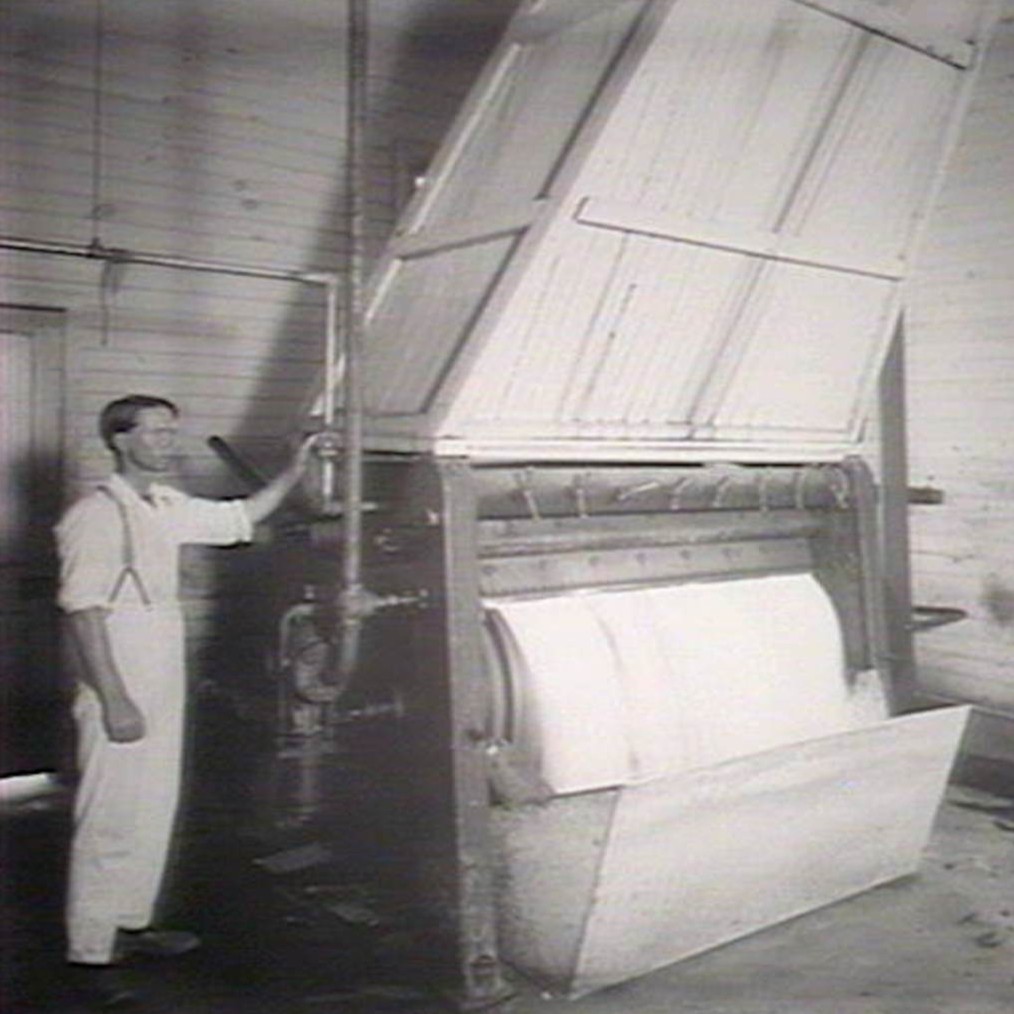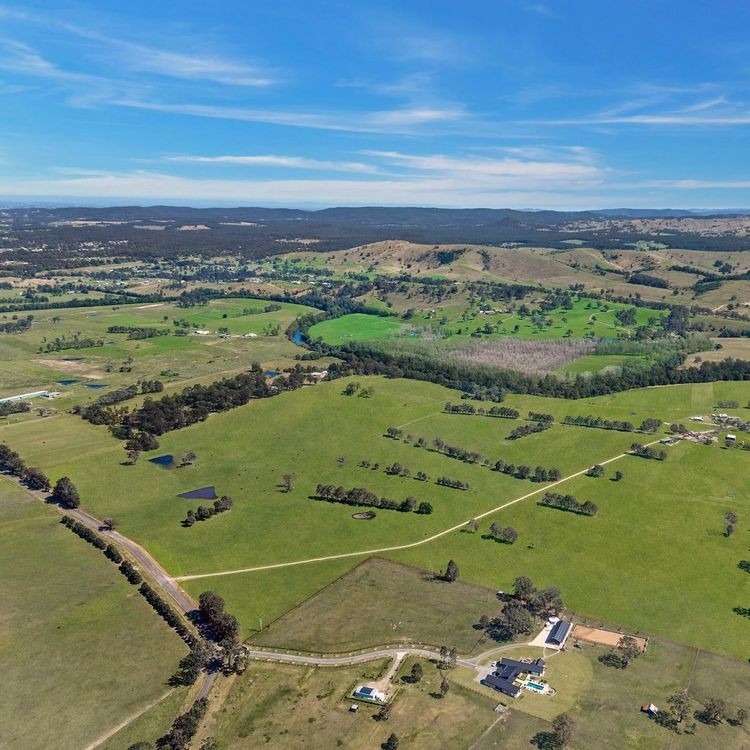
Country, river & cedar
On Worimi and Gringai Country, the first colonial economy here followed the rivers. From the 1820s, cedar-getters and small craft moved up the Myall and Williams, cutting tracks through paperbark and tea-tree flats to reach landings at Tea Gardens and Clarence Town. Timber, fish and supplies travelled along these watery corridors, and with each season the routes became better known to settlers who would later fence and graze the ridgelines above. By century’s end, the river ports had stitched scattered clearings into a working landscape that remembered older paths while foreshadowing pastoral use.





